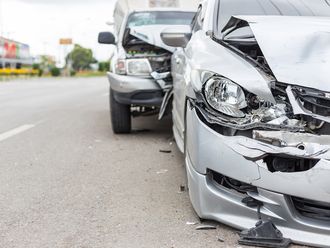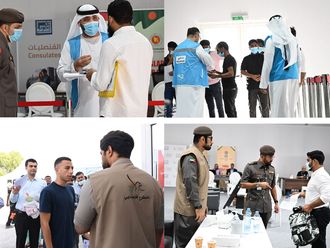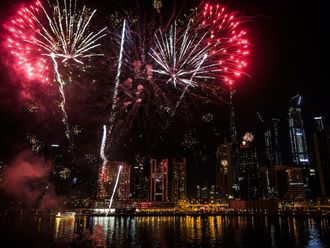
Dubai: As temperatures in the UAE continue to dip, with some places even recording mercury going as low as 4.9°C - residents may look at different heating options at home. However, if proper safety measures are not followed, you may expose yourself to danger, Abu Dhabi Police has warned.
In a recent online post, Abu Dhabi Police and the Abu Dhabi Civil Defence Authority called on the public to adhere to public safety guidelines while using firewood and heating devices to avoid any accidents that may result from their misuse.
Nine tips to remember
According to the advisory, using any heating material should be accompanied by important safety procedures.
1. If using a wood burning stove, do not sleep next to it, to avoid the risk of suffocation or the outbreak of fire.
2. Such wood-burning stoves should be lit outside the rooms or provided with special hoods for the smoke to rise to the top while ensuring proper ventilation.
3. Do not leave wood-burning stoves burning for long and extinguish them outside the house.
4. When using an electrical heat source, ensure the safety and durability of the wires connecting the heater and the electrical source.
5. Always turn off the heater when leaving the place or when you are about to sleep.
6. Do not place the heater near water or a damp area.
7. Do not place the wires of such an electrical heat source under carpets.
8. Do not to allow children to play near or around the heater, so that they avoid touching it, or being exposed to its heat and falling on flammable materials.
9. These heating materials should not be used to light up incense.
Police authorities in the UAE regularly raise awareness about the dangers of misuse or incorrect use of heating devices, like wood burning stoves and electric heaters.
Last year, two domestic workers in Dubai died in their sleep from inhaling carbon monoxide (CO) after leaving charcoal burning overnight to heat their room during a cold winter night. Dubai Police also ran a campaign titled ‘The Silent Killer’, raising awareness on the dangers of carbon monoxide poisoning.








